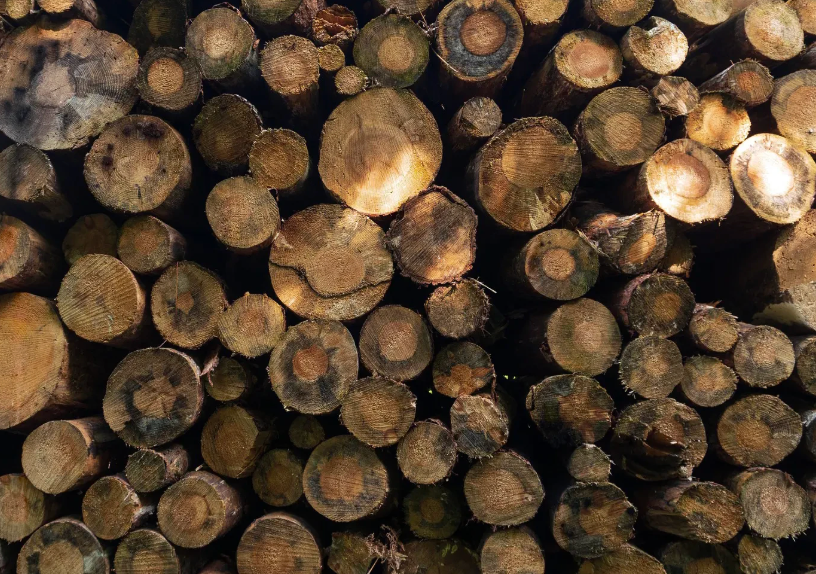Limb Regeneration
- Charlotte Ma

- Sep 1, 2023
- 2 min read
Introduction
In the realm of science fiction, the concept of regeneration stays persistent. But this concept thought to be confined to the pages of a comic book or a novel is no longer true. Animals such as Axolotls and Flatworms serve as exceptional examples, possessing the ability to regenerate entire limbs and nervous systems. By unraveling the secrets of regeneration, we can gain knowledge that might one day enable us to harness this power ourselves.
Axolotl (Ambystoma mexicanum)
This salamander, discovered in the 13th century and native to Mexico, possesses the ability to regenerate not just limbs but entire organs and nerves. The ability to regenerate their spinal cord is quite complicated, with the salamander reactivating a gene expression to promote cell proliferation. Similar to the animal during its embryonic phase, cells rapidly multiply in order to regrow their nervous system. Stem cells, a particular type of cell that can develop into numerous types of cells, also play a major role in this ability. In the case of spinal regeneration, the animals activate neural stem cells, differing from “normal” STEM cells in the location. Neural STEM cells tend to stay in the brain and spinal cords and develop into neuron astrocytes. These mechanisms combined with the activation of neural stem cells stand out as the primary drivers of spinal cord regeneration.
Conclusion
Axolotls stand unparalleled in its regeneration abilities. They are a source of reference for the underlying goal of applying this ability on humans. By diving further into the complex mechanics of cell regeneration, not only can we touch upon the field of medicine but can also discover new principles of tissue repair and rejuvenation. To this day the axolotl still captivates the science community, where we continue to try to understand and harness the ability to regenerate.
References
Kalomiris, Megan. “Using Flatworm Regeneration to Study Stem Cells.” National Institutes of Health, 22 Mar. 2022, irp.nih.gov/catalyst/28/5/using-flatworm-regeneration-to-study-stem-cells.
Marshall, Tom, and Henry Mound. “Worms - Planaria.” The Wildlife Trusts, https://www.wildlifetrusts.org/wildlife-explorer/marine/worms/planaria. Accessed 14 August 2023.
Reddien, Peter W. “The Cellular and Molecular Basis for Planarian Regeneration.” Cell, 4 Oct. 2018, www.ncbi.nlm.nih.gov/pmc/articles/PMC7706840/.
Organizations , Research. “Immortal Worms Defy Aging.” ScienceDaily, 27 Feb. 2012, www.sciencedaily.com/releases/2012/02/120227152612.htm.
Teng, Yang D., et al. “Neural Stem Cell.” Neural Stem Cell - an Overview | ScienceDirect Topics, 2011, www.sciencedirect.com/topics/neuroscience/neural-stem-cell#:~:text=To%20be%20considered%20a%20%E2%80%9Cneural,lineages%20(neurons%2C%20astrocytes%2C%20and.
Rugnetta, Micheal. “Neural Stem Cell.” Encyclopædia Britannica, www.britannica.com/science/neural-stem-cell. Accessed 14 Aug. 2023.
Rost F, Rodrigo Albors A, Mazurov V, Brusch L, Deutsch A, Tanaka EM, Chara O. Accelerated cell divisions drive the outgrowth of the regenerating spinal cord in axolotls. Elife. 2016 Nov 25;5:e20357. doi: 10.7554/eLife.20357. PMID: 27885987; PMCID: PMC5182066.
Costa, Emanuel Cura, et al. “Spatiotemporal Control of Cell Cycle Acceleration during Axolotl Spinal Cord Regeneration.” eLife, 14 May 2021, elifesciences.org/articles/55665.
Staff, Science News. “From Stealing Genes to Regrowing Limbs, How Life Finds a Way to Survive and Thrive.” Science , 1 Mar. 2018, www.science.org/content/article/stealing-genes-regrowing-limbs-how-life-finds-way-survive-and-thrive.





Comments